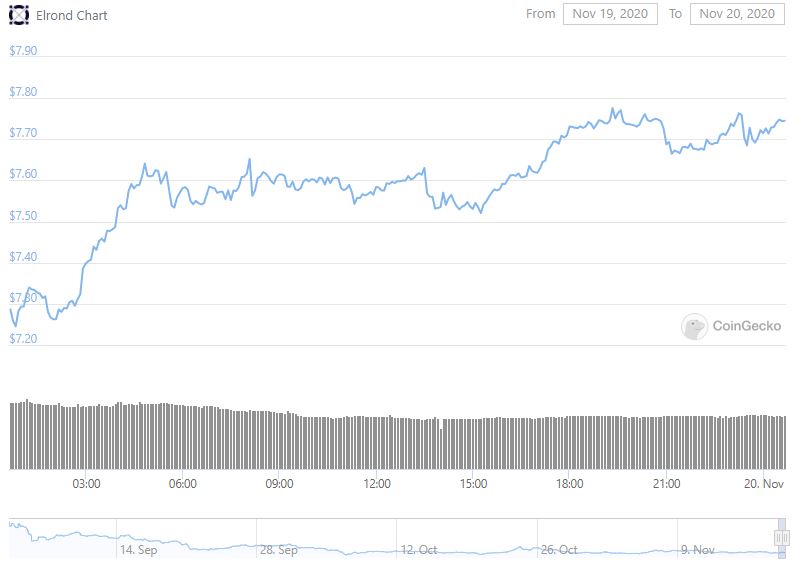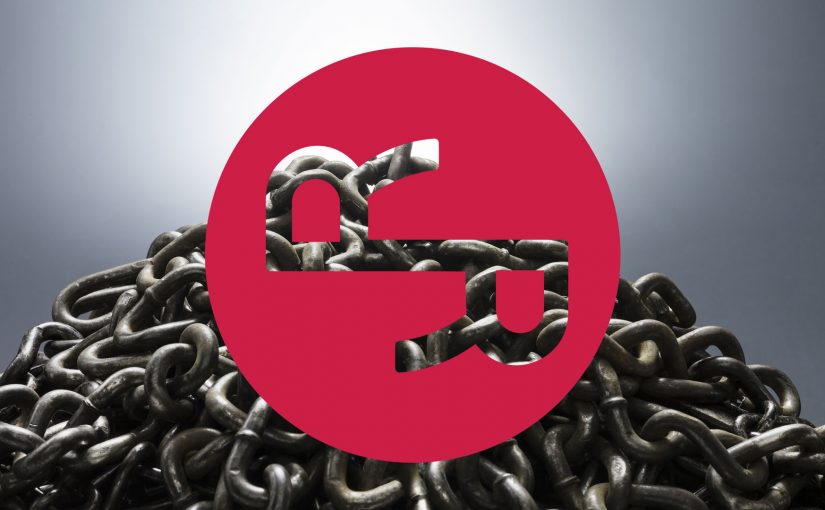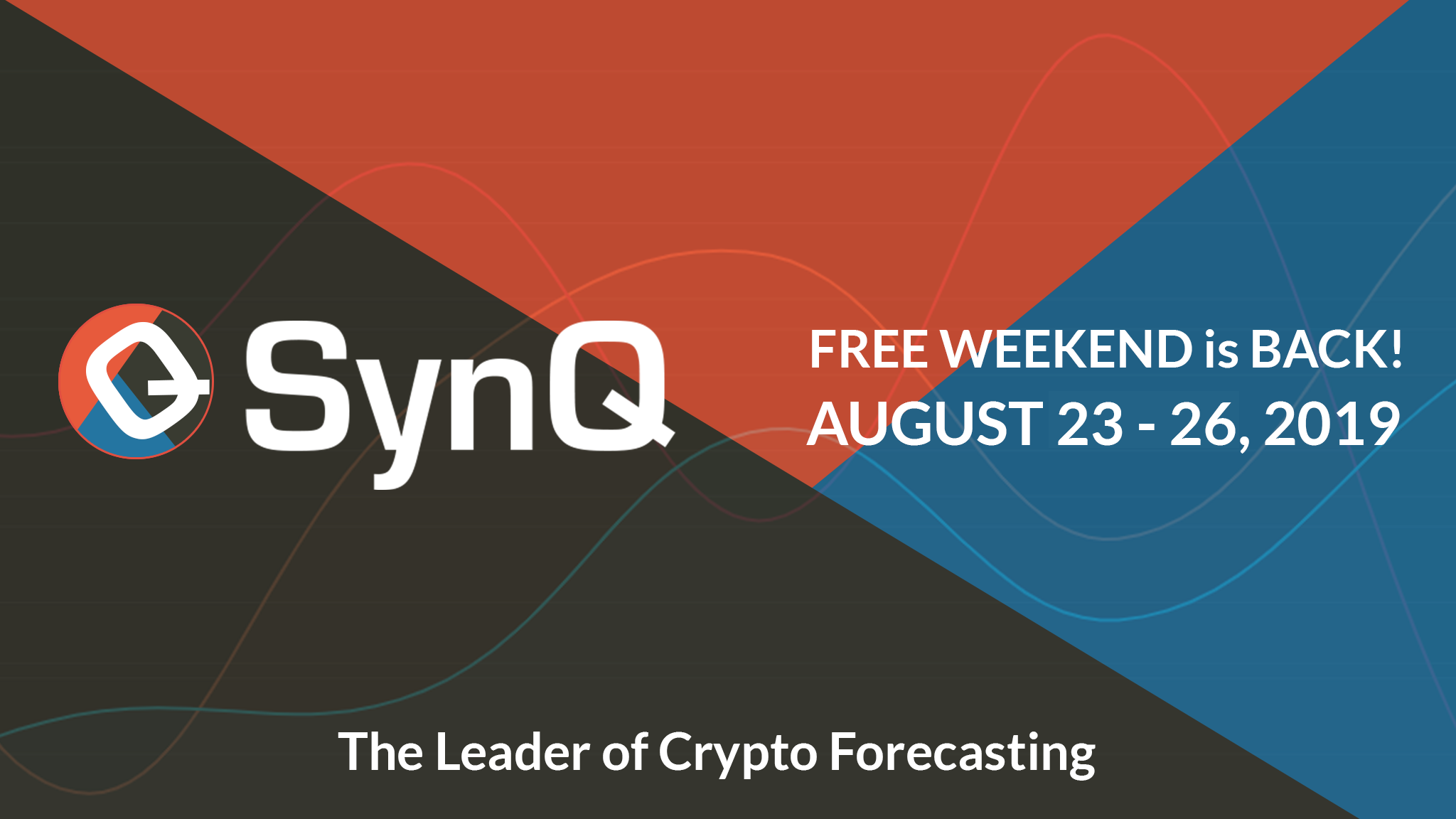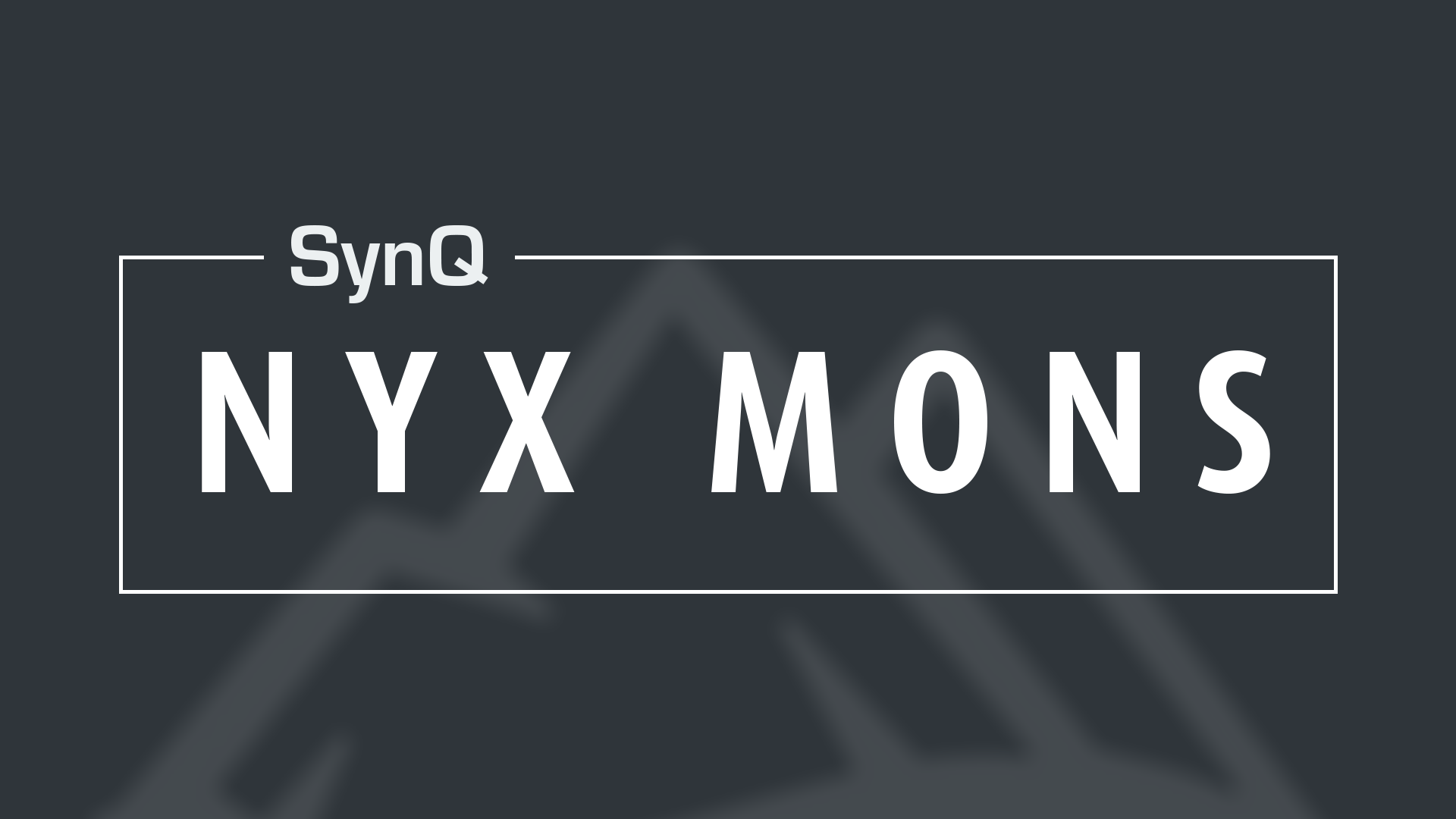Elrond
Elrond is a blockchain with unique architecture, employing a Secure Proof of Stake (SPoS) consensus for security and an Adaptive State Sharding scheme for high scalability. By offering an EVM compliant engine for smart contracts, the platform looks to ensure native interoperability to languages such as Rust, C/C++, C#, and Typescript. The team consist of individuals with backgrounds associated to Google, Microsoft and Intel and those were part of the NEM blockchain platform.
The project raised $3.2 million by selling 25% of the token supply in an exchange offering on Binance Launchpad in 2019. As the blockchain transitioned to it’s mainnet during July 2020, the total token supply was reduced from 20 billion to 20 million.
Secure Proof of stake is a method of consensus that combines eligibility through stake and rating with random validator selection, along with an optimal dimension for the consensus group. The BFT-like consensus protocol provides security through the randomization of nodes. Each node in the shard may determine the members of the consensus group at the beginning of a round. The aggregated signature from the last block is used as a randomization factor for this process. A weight factor of rating will be introduced to promote meritocracy among the nodes, in addition to the stakes of nodes in consideration. The Bellare and Neven multi-signature scheme will also reduce the number of communication rounds as part of the signing algorithm.

Fig. 10: Shuffling the nodes at the end of each epoch
Meanwhile, Adaptive State Sharding brings a 1000x improvement to the ecosystem by utilizing parallel transaction processing by combining all three sharding types (State, Transactions, and Network) into the network. Elrond can reportedly process up to 10,000 TPS with a 5-second latency.
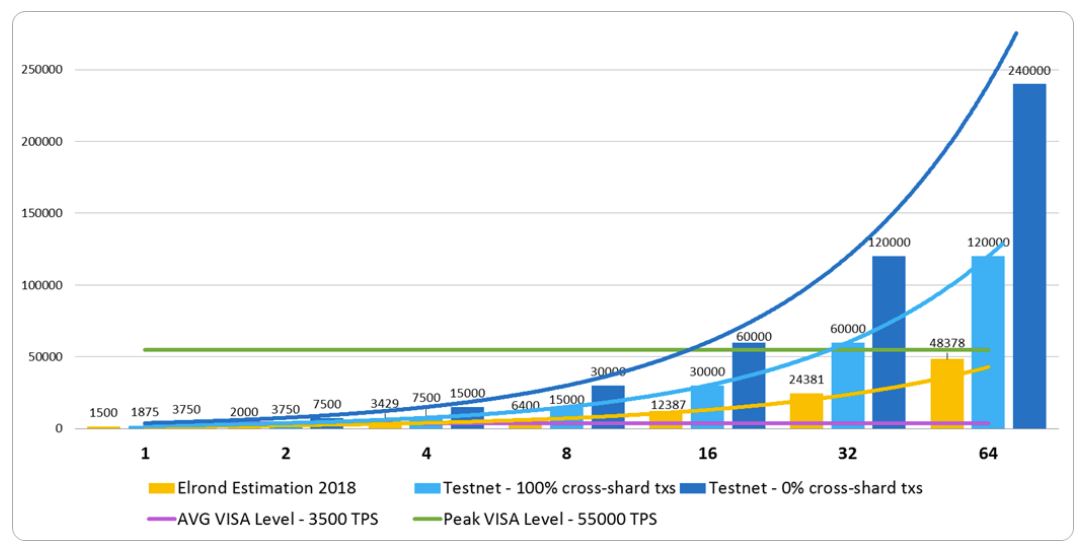
The Network Structure of Elrond consists of Shards, Metachain, and Nodes.
Shards are smaller partitions of the network and are used for scaling. Individual Shards processes a portion of the state of accounts, smart contracts, blockchain, and transaction processing in parallel with each other.
Metachain is the blockchain that runs in a specialized Shard. Its main purpose is to notarize and finalize the processed Shard block headers, facilitating Shard communication, storing and maintaining a registry of Validators, Epoch management, and processing Fisherman challenges, rewards, and penalty.
Nodes are computers, smartphones, or servers running the Elrond client and relaying messages between peers. Nodes can perform the roles of Validators, Observers, or Fisherman to provide different support levels to the network and earn proportional rewards.
Validators act like the typical stakers of a blockchain. They are nodes within the network that processes transactions and security using the consensus mechanism to earn fee rewards.
Observers are passive members of the network and act as record keepers. Full Observers maintains the complete history of the blockchain, and Light Observers are limited to 2 Epochs of blockchain history. EGLD tokens are not required for their participation, and likewise, they are not rewarded.
Fishermans are nodes that verify block validity after their proposal. Invalid blocks from malicious actors are challenged and removed. This role can also be filled by validators that are not part of the current consensus round, or by Observers.

Conceptualized in 2018, the project is nearing completion.
Fundamentals
EGLD is currently trading at $7.74 with a circulating supply of 14 Million coins and a max supply of 20.4 Million coins. The current market cap is $3,936,269,055 USD.
